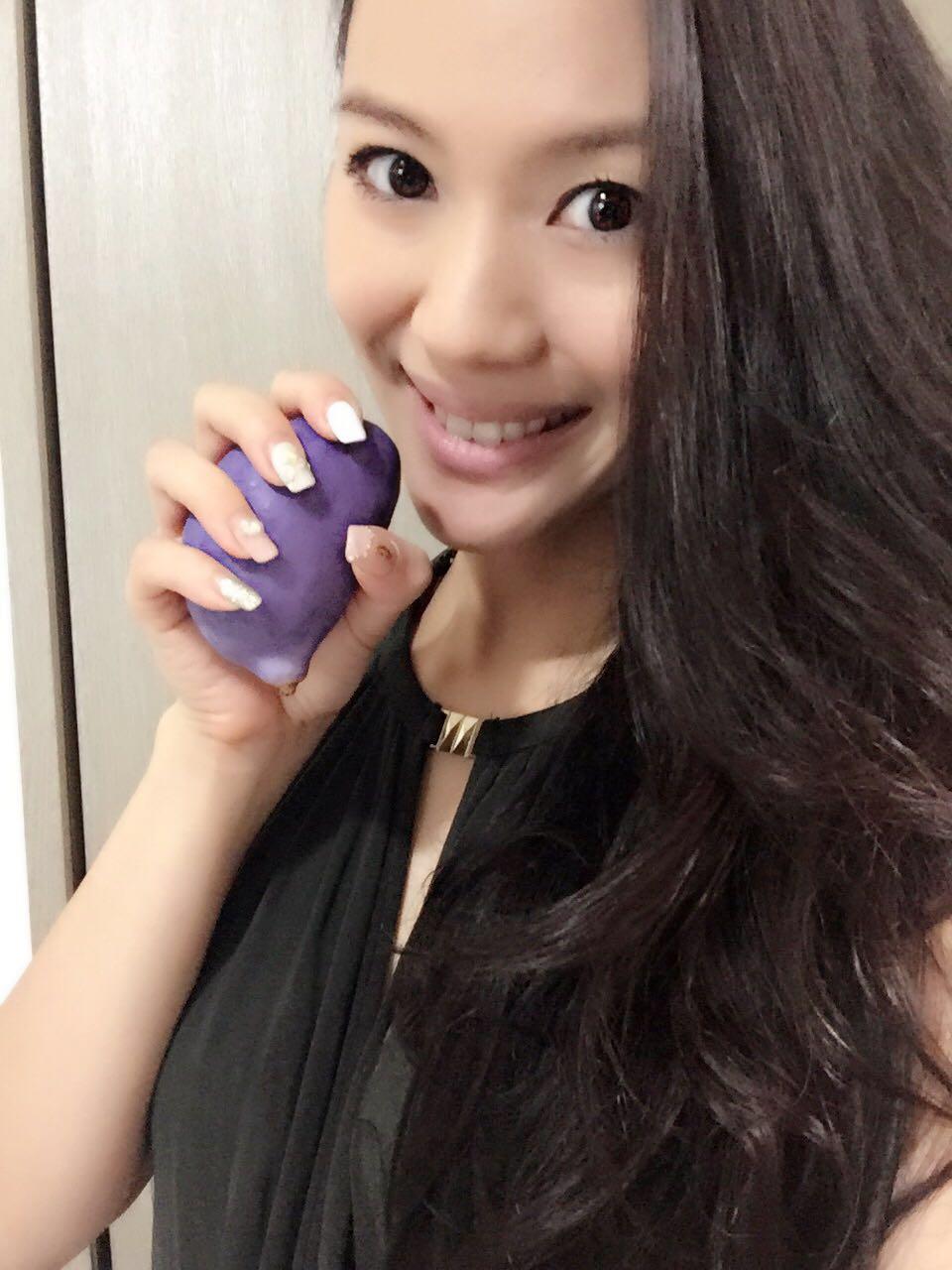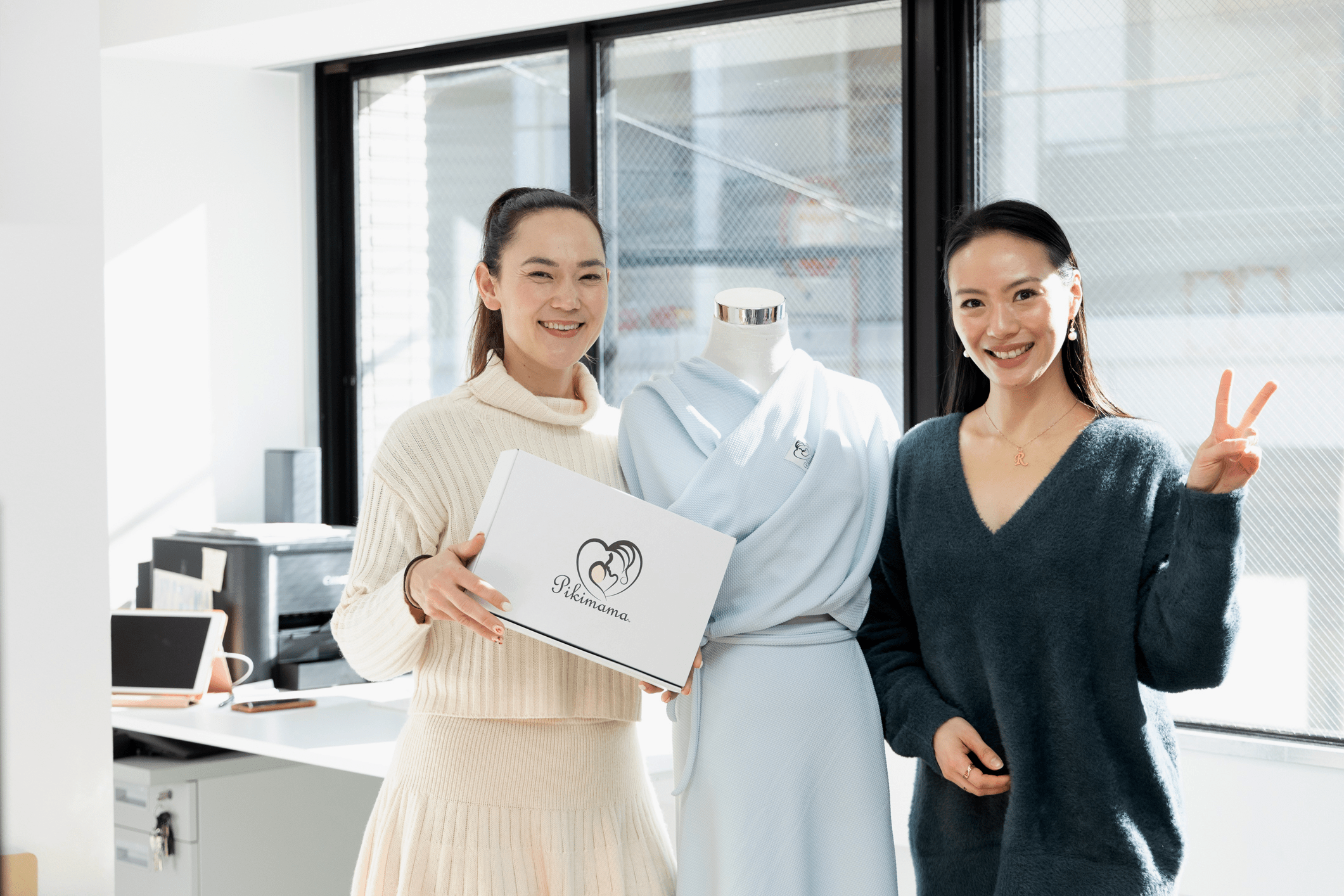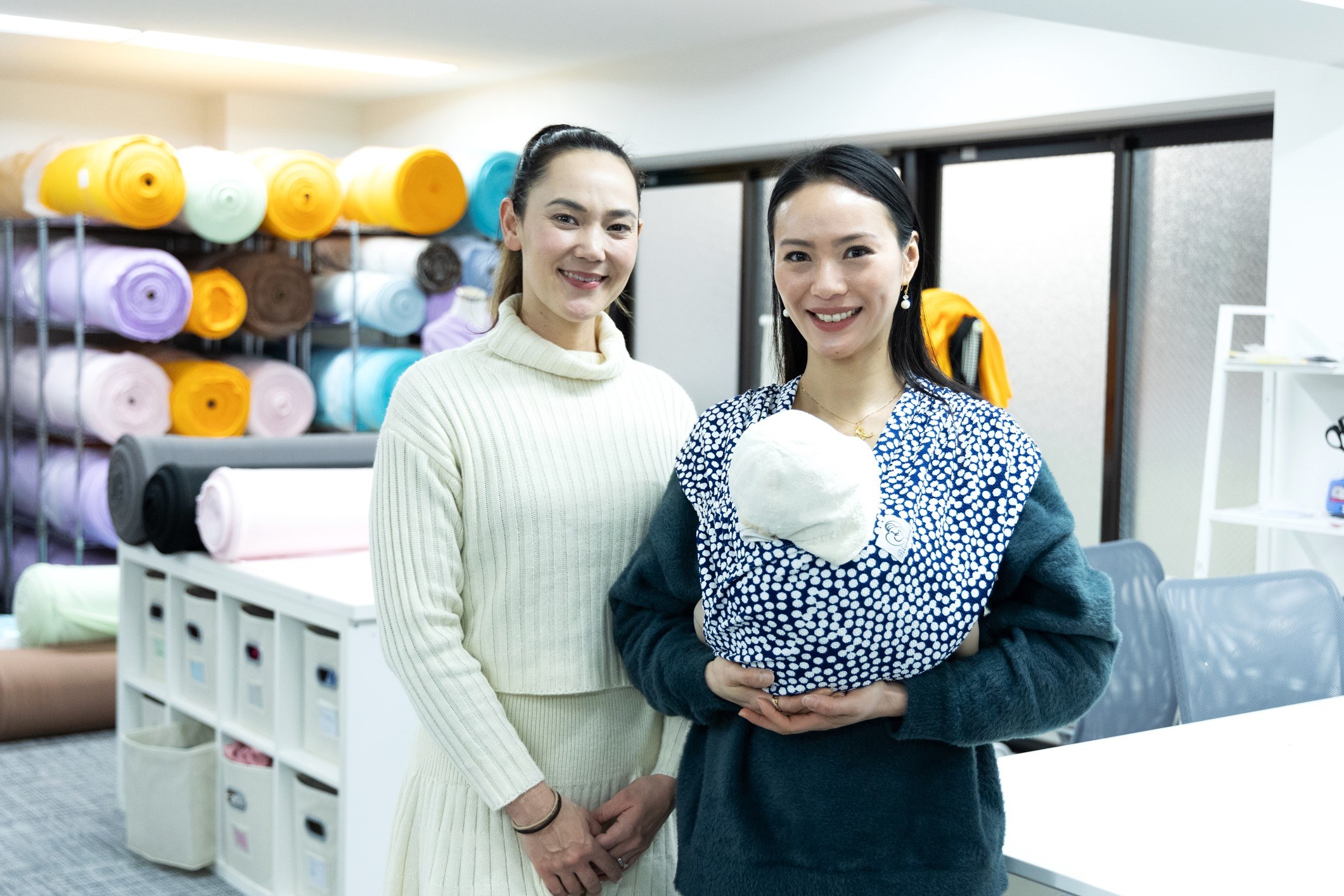Have you ever seen or heard of the “Akebi” fruit (or chocolate vine)? Apparently, it is considered one of the Autumn delicacies in Japan. Bold and bright purple, it caught my eye when I saw it for the first time at my local supermarket. Was it a fruit? A vegetable? A potato? Having never seen anything like the Akebi before, I was curious about how it would taste and shelled out about 400 yen to take some home with me and give it a try.
皆様、「アケビ」という果物を食べたことがあるでしょうか?秋の味覚の1つは「あけび」らしいです。先日、スーパーマーケットに行った時、初めて見つけました。このような大きさは長さが10cmくらいで、紫色の果物は初めて見ました。ウェッブでちょっと調べると、「つる性の植物であるあけびは、古くから日本や中国などの東アジアの山に自生しており、その地域の人々に食べられていました。江戸時代にはあけびの種から油を採取していたようですが、商品として栽培されるようになったのは最近になってからのことです。現在、市場に出荷されているものの多くは山形県産です」ということが分かりました。紫色が好きですし、果物も面白そうですから、食べてみたいかなぁと考えながら、アケビを買いました。スーパーマーケットの物も確かに山形県産ですね。
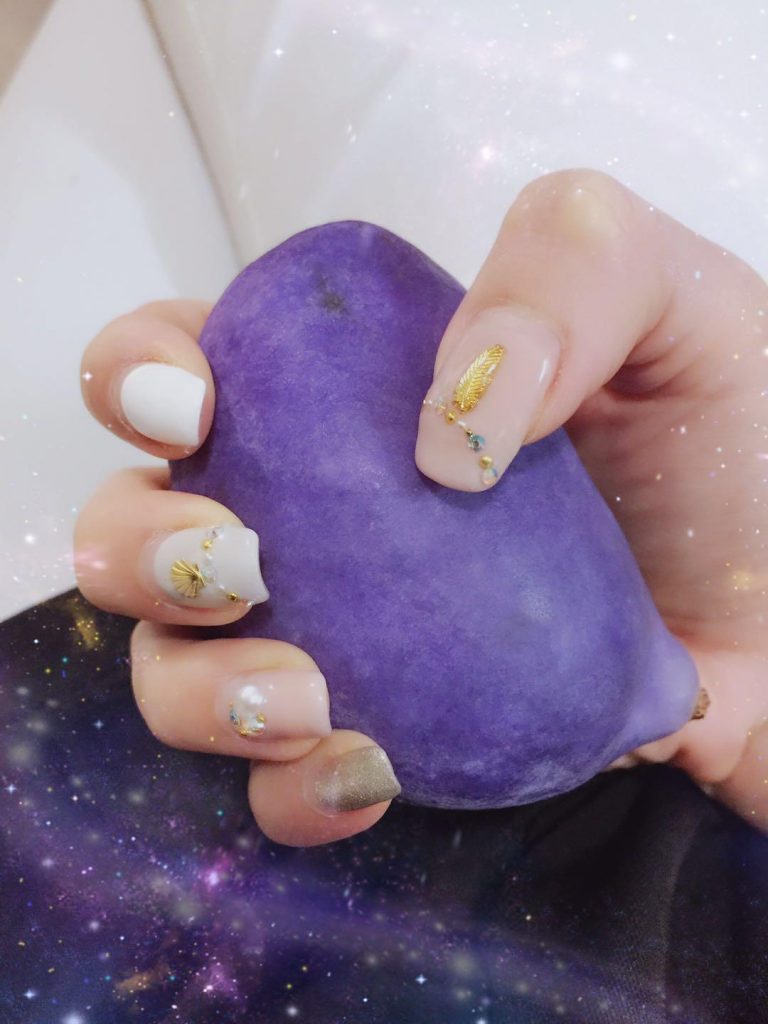
A quick search on the web revealed that Akebi is the fruit of the chocolate vine, a climbing plant native to the mountains of East Asia such as Japan and China for a long time. Traditionally, the image that many Japanese people have of akebi (if they even know of it at all) is of a wild fruit that is found and eaten in the mountains in the Northern Tohoku region. Akebi seeds have also been pressed for oil since the Edo period, but it was only recently that it has been cultivated as a commercial product as people became ever more interested in discovering new and interesting culinary sensations.
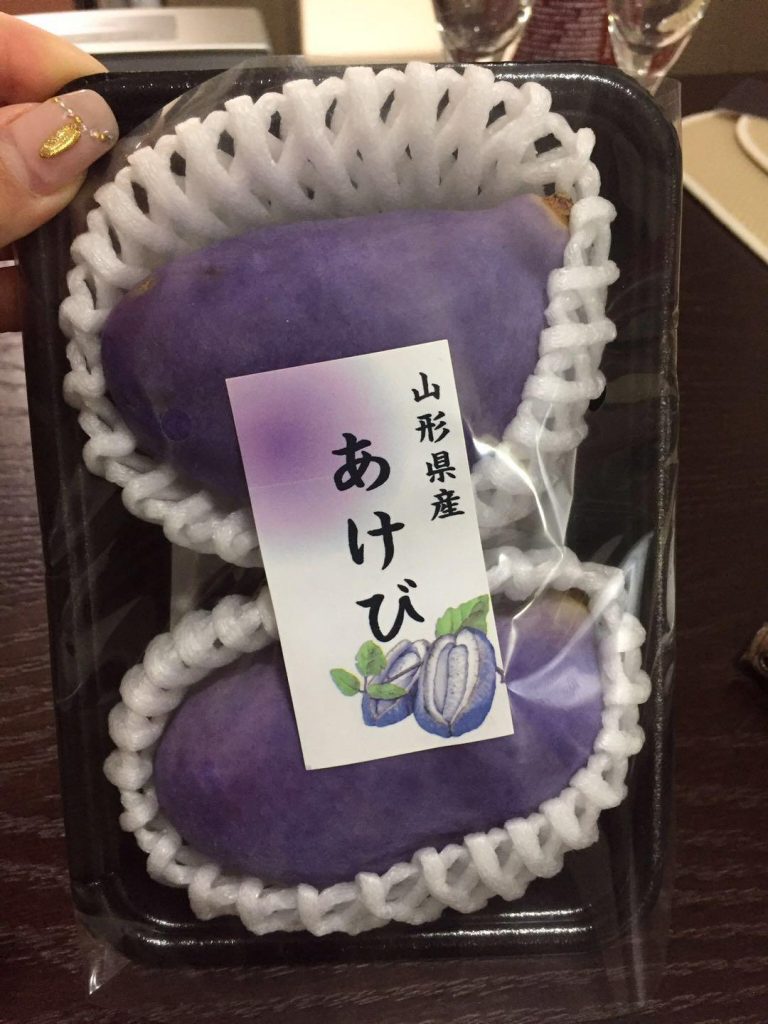
When eating the akebi, you apparently bite into it but then have to spit out all the seeds. As I did not know this before trying the fruit, I tried biting down on all the seeds… If you are reading this and thinking about trying the akebi raw, DO NOT DO IT!!!! The countless tiny seeds were black and hard and so painful to chew on, and even more painful to have to remove one by one! The flesh of the akebi was translucent and milky and had a sticky texture, with the mild sweetness like a dragonfruit (except with much harder seeds!!).
アケビの果肉を食べる時はそのまま口に含み、口に残った種を出さなければならないみたいです。でも、初めて食べるから、種を食べられないということは知らなかったので、ザクロのように黒くて固い種を全部食べました。本当に苦かったです!あまり美味しくなかった… もしアケビの種ごと果肉を口に含み、後で種だけを吹き出して食べたら、口の中の質感は本大変当にザクロみたいです。でも、中には種が無数に入っていて、これを取り除いて食べるのは難しいです。熟したアケビの果肉は半透明または白く、ねっとりした食感です。味的には酸味はなく、味はそんなに濃くありませんが、ドラゴンフルーツのような淡白な甘味が口に広がります。
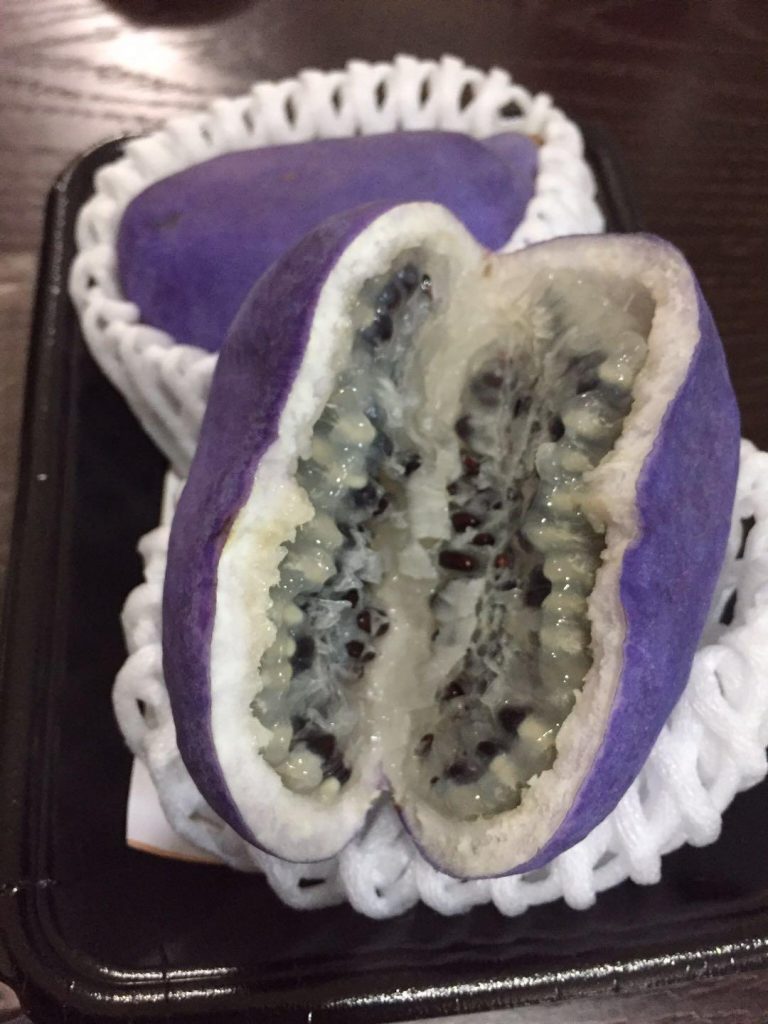
熟すと果皮が割れて、中の果実をそのまま食べることができるそうです。果実は乳白色のゼリー状で、甘味があり、黒い小さな種がたくさん入っていました。
I later learned that the akebi may be more appetizing if you treat it more like a vegetable than a fruit. According to a Japanese friend, the peel can be used for stir-fried foods and fried foods. Moreover, there are various interesting cooking methods such as stuffing the fruit with meat, preparing it as tempura, or frying it. Cooking the akebi will soften the seeds and make the flesh easier to eat. While I am sure that people in Japan are probably making this fruit into a delicious delicacy, I certainly did not enjoy my first taste of it, and will probably never want to eat it again…
My advice: interesting fruit, but try at your own risk!! Ideally, do not make the mistake I did and have someone who knows what they are doing prepare it for you. =P
アケビの薄紫色は綺麗ですが、種がたくさんあるので、果物は食べにくいし、あまり美味しくないと思います。日本人の友達によると、果皮は炒め物や揚げ物などにも使われるらしいです。肉詰め、炒め物、天ぷら、素揚げなど料理方法は様々な面白い作り方があるそうです。もし皮の部分を料理して食べたら、もっと美味しくなれるけど、私にとって、再度もアケビを食べたくないと思います…
ちなみに漢字では「通草」または「木通」と書きますが、これはアケビのつるに空洞があり空気が通るからと言われているそうです。
本日も読んでくださってありがとうございます。(^.^)/

